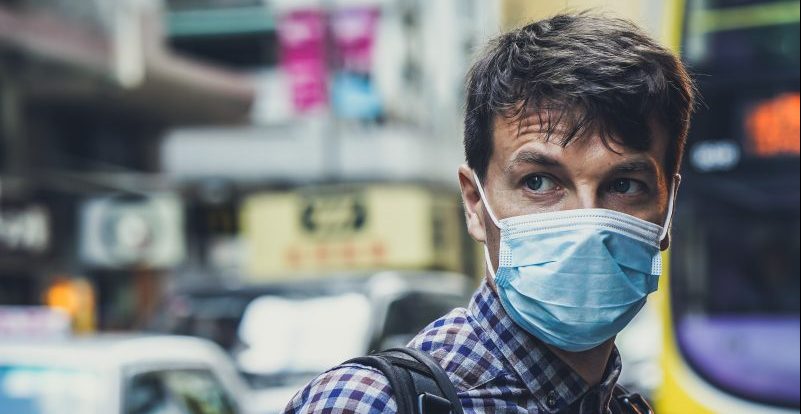Agencies at every level should leverage their location data against the COVID-19 virus, according to an expert in geographic information system (GIS) technology.
Chris Thomas also says GIS tools can help agencies counter the coronavirus in real-time by helping them direct their resources where they’re needed most.
Thomas serves as Director of Government Markets at Esri, which provides GIS software that captures and analyzes geographic and spatial data.
“Given today’s times, I think the topic of operational efficiency couldn’t be more important,” he said on Thursday during GovLoop’s latest online training. “In government, location is never an afterthought. This COVID-19 activity is showing jurisdictions with limited resources and development skills can transition quickly.”
COVID-19 infections began appearing in December 2019, emerging in China before spreading to other nations worldwide.
By January 2020, the coronavirus had become a global pandemic disrupting governments from Italy to the U.S.
COVID-19 is potentially fatal to people with underlying medical conditions, meaning its spread forced most societies to practice quarantining, social distancing and teleworking to protect public health.
Thomas says agencies across America are now using GIS tools to monitor COVID-19’s impact on their health care, economies and populations.
“I see a lot of similarities in the COVID-19 response to what we saw with 9/11,” he said, referencing the terrorist attacks on Sept. 11, 2001 that killed 2,977 people nationwide.
For instance, Seattle is using GIS tools to inform the public about which businesses are open or closed during the coronavirus pandemic.
“This is stimulating and supporting the local economy,” Thomas said, noting Seattle’s GIS data can help citizens safely connect with businesses open during the crisis.
Auburn, Maine, meanwhile, has started using GIS to monitor city employees working remotely during the emergency.
Using GIS, city officials can track where Auburn’s public servants are and how available they are while working from home.
“These conditions were compounded by children and spouses being home,” Thomas said of teleworking in Auburn. “They’re reallocating employees to new jobs by giving them opportunities to work on new projects.”
For its part, Santa Monica California now utilizes GIS for measuring the availability of beds across its four hospitals.
As certain hospitals become more crowded with COVID-19 and other patients, Santa Monica can gauge where the most beds are available at each hospital.
“It allows them to manage this particular part of the crisis,” Thomas said, adding some communities are using GIS data to see how well their citizens are social distancing in public.
Thomas recommends agencies hoping to embrace GIS should consider how the technology would help their mission the most.
GIS tools can collect data on everything from traffic to the weather, so agencies benefit the most by tailoring them to fit their specific needs.
“Understand what you need to fix or what you need to improve,” Thomas said. “Have a purpose. Identify your priorities. Make sure you have the network and bandwidth for these technologies.”
Thomas added collaboration between an agency’s teams can help GIS tools deliver the greatest returns for its overall workforce.
“Disciplines that didn’t use to work together are,” he said. “Each person brings their perspective on what these tools can do.”
This online training was brought to you by:





Leave a Reply
You must be logged in to post a comment.